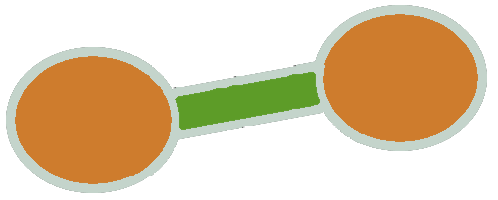Ninatoka
 condition
conditionMitochondrial dysfunction
Mitochondrial dysfunction, characterized by a loss of efficiency in the electron transport chain and reductions in the synthesis of high-energy molecules, such as adenosine-5′-triphosphate (ATP), is a characteristic of aging, and essentially, of all chronic diseases.1–4 These diseases include neurodegenerative diseases, such as Alzheimer’s disease, Parkinson’s disease, Huntington’s disease, amyotrophic lateral sclerosis, and Friedreich’s ataxia1,2,4,5; cardiovascular diseases, such as atherosclerosis and other heart and vascular conditions6,7; diabetes and metabolic syndrome8–10; autoimmune diseases, such as multiple sclerosis, systemic lupus erythematosus, and type 1 diabetes11–14; neurobehavioral and psychiatric diseases, such as autism spectrum disorders, schizophrenia, and bipolar and mood disorders15–19; gastrointestinal disorders20,21; fatiguing illnesses, such as chronic fatigue syndrome and Gulf War illnesses22–24; musculoskeletal diseases, such as fibromyalgia and skeletal muscle hypertrophy/atrophy25–27; cancer28,29; and chronic infections.30,31 It is well known among researchers that mitochondrial genetic or primary mitochondrial disorders contribute to mitochondrial dysfunction and secondary or acquired degenerative disorders.32 This review will concentrate on nongenetic or acquired mechanisms that could explain mitochondrial dysfunction and their replacement treatment with natural supplements and combinations of natural supplements, including vitamins, minerals, enzyme cofactors, antioxidants, metabolites, transporters, membrane-type phospholipids, and other natural supplements.
Ref:
Nicolson GL. Mitochondrial Dysfunction and Chronic Disease: Treatment With Natural Supplements. Integr Med (Encinitas). 2014 Aug;13(4):35-43. PMID: 26770107; PMCID: PMC4566449.
Join Ninatoka!!
NinatoKa's goal is to support you as a therapist in unravelling the illness pathway from symptoms to cause, and to help you detect potential interventions.
Go to Explore to start your discovery!
Go to Learn to scroll through newly added data.
Go to Contribute to contribute to the Ninatoka database.
You can rate content up or down and add comments if you agree or disagree.



